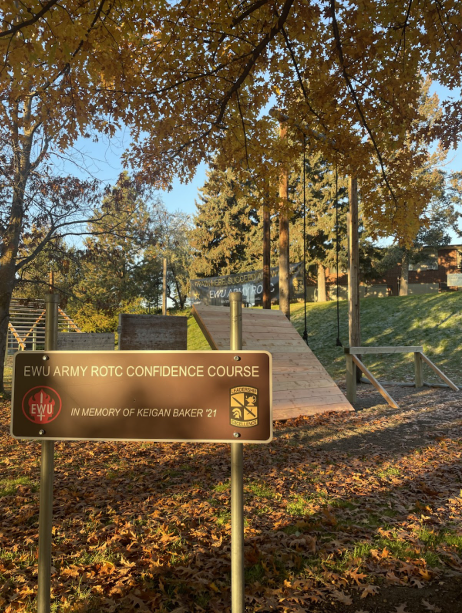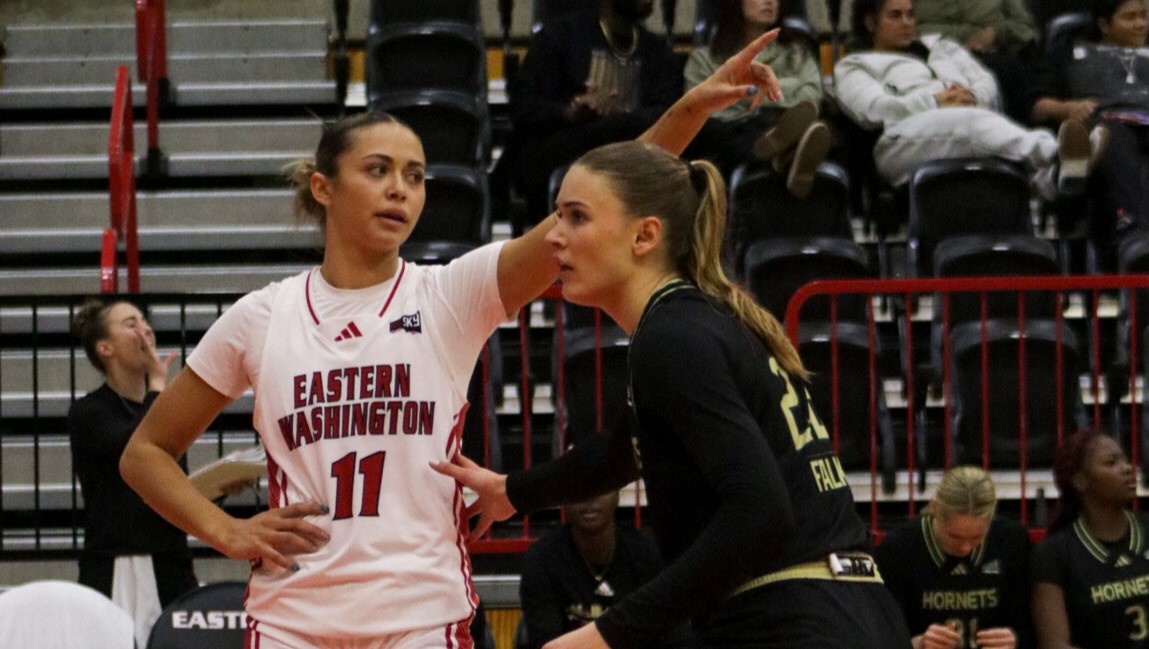An Eastern Washington University graduate student is researching the effects of invasive walleyes on declining sturgeon population with the help from student volunteers, the Spokane Tribal Fisheries Department, and chair of the EWU Biology Department Dr. Paul Spruell.
“In the fisheries world, or wildlife in general, there’s something called recruitment, and that’s bringing more of that species into the population…In fancy terms, I’m looking at recruitment terms for sturgeon using walleye as a vector,” said Seth Barr, the graduate student leading the research.
Sturgeons are the largest freshwater fish in North America and white sturgeons are typically 8-10 feet long, while walleye tend to be around 30 inches in length. The current theory is that walleye are eating young sturgeon right after they hatch.
“[Spruell] came up with the idea that if the eggs are hatching, and there’s a bunch of fish in the area, maybe the walleye are coming in and eating them,” Barr said.
The first step in the research process was collecting walleye. The group went to Lake Roosevelt and caught almost 700 invasive walleye in a six-month period, making sure to release native fish whenever possible.
The students brought the fish back to the lab, where they are now working on identifying the diets of the caught walleye.
“We’re cutting open walleye, looking in their stomach, and seeing what’s inside. Then we’re using genetics to determine what those things are,” Barr said.
Barr described walleye as “opportunistic omnivores,” meaning they have a diverse diet and will eat almost anything they can. “We’ve seen crawdads for sure in the stomachs. We’ve seen various kinds of insects, and then lots of fish.”
At this point, they do not yet know the species of the fish in the walleye stomachs. However, they have gathered DNA from the samples and are now testing them.
“We are just now getting to the genetic component of the study. We are about halfway done with extracting the DNA,” Barr said.

The group hopes that their results can be used to inform higher-up management in fisheries departments to help them make decisions that could increase sturgeon populations to a healthier level.
“For example,” Barr said, “if we find from our genetic study that 50% of the things that walleye are eating are white sturgeon, then they’ll look at the white sturgeon populations and say, ‘Hey, walleye are eating all these sturgeon, we should probably adjust the limits for walleye, or close the season on sturgeon so the populations can regrow.’”
Once the genetic stage of the research is done in mid-March, the researchers will be able to compile and analyze the data, allowing them to know if walleye are a cause of the declining white sturgeon population.
This story has been updated. Seth Barr is leading the research project with the help of short-term volunteers.






















Seth A Barr • Feb 21, 2024 at 4:42 pm
I approve this message, super interesting stuff here